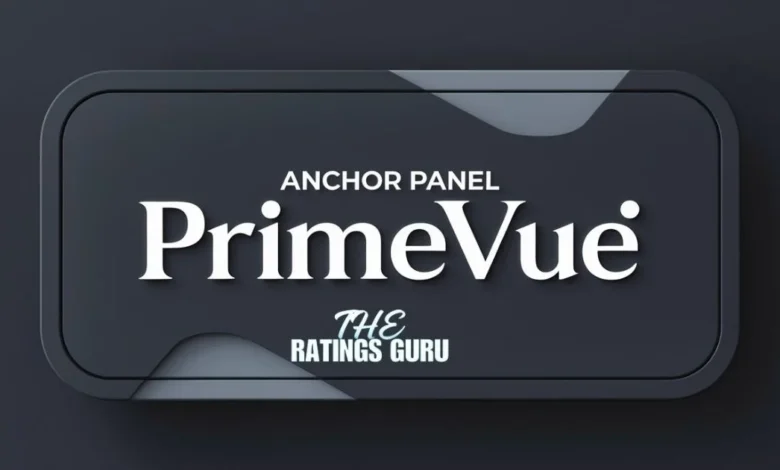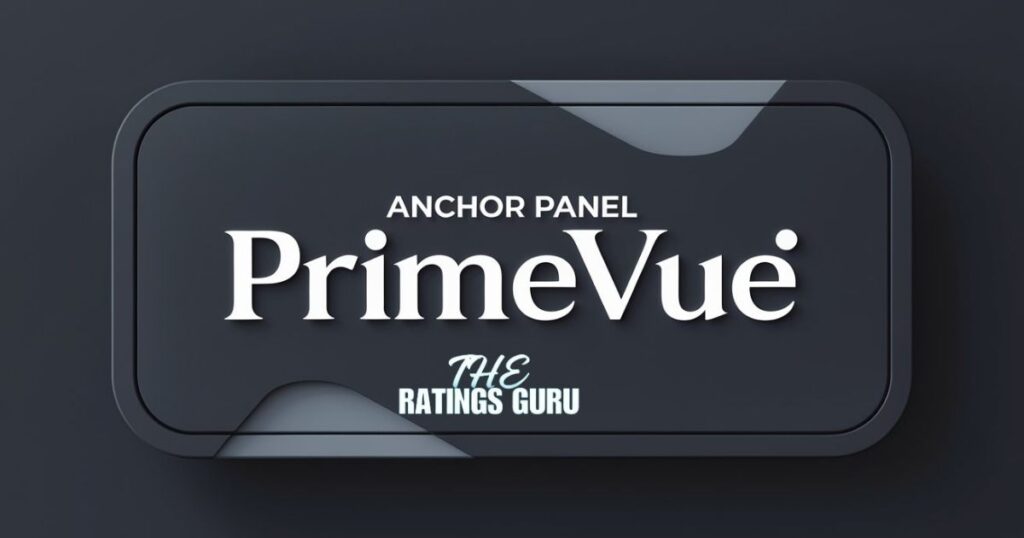Anchor Panel PrimeVue: A Comprehensive Guide to Elevate Your Vue.js User Interface

In modern web development, creating a seamless and engaging user interface is crucial for enhancing user experience and application functionality. Anchor Panel PrimeVue offers an advanced solution for Vue.js developers, enabling them to implement floating panels or sidebars with ease. This in-depth guide explores the Anchor Panel’s features, benefits, and implementation methods, ensuring you leverage its full potential for your projects.
What is the Anchor Panel PrimeVue?
The Anchor Panel is a dynamic component within the PrimeVue library designed to create floating panels or sidebars that can be anchored to various positions on the screen. This component is ideal for applications that require additional navigation menus, information panels, or interactive content that needs to remain accessible without cluttering the main interface.
Key Features of the Anchor Panel
- Responsive Design
One of the standout features of the Anchor Panel is its responsive design. The panel adjusts seamlessly to different screen sizes and orientations, providing a consistent user experience across desktops, tablets, and smartphones. This adaptability ensures that the panel remains functional and visually appealing on any device. - Customizable Layouts
The Anchor Panel offers extensive customization options, allowing developers to modify the panel’s dimensions, position, and visibility according to their needs. You can specify the panel’s width, height, and screen position (left, right, top, or bottom) to create a layout that complements your application’s design. - Interactive Elements
The component supports a variety of interactive elements, including buttons, forms, and links. This feature enhances the panel’s usability by enabling users to interact with the content or navigate to different sections of the application directly from the panel. - Easy Integration
Integrating the Anchor Panel into a Vue.js application is straightforward thanks to PrimeVue’s well-documented API and user-friendly configuration. The component can be quickly added to your project, allowing for rapid development and deployment. - Accessibility Support
The Anchor Panel is designed with accessibility in mind, featuring keyboard navigation and screen reader compatibility. This inclusivity ensures that users with disabilities can interact with the panel effectively, improving the overall accessibility of your application.
ALSO READ ABOUT HOW TO USE CPT UPGRADE IN GEM5
How to Implement the Anchor Panel PrimeVue

Integrating the Anchor Panel into your Vue.js application involves several steps. Here’s a detailed guide to help you get started:
1. Installing PrimeVue
Before you can use the Anchor Panel, you need to install PrimeVue. This can be done using npm or yarn:
bash
Copy code
npm install primevue –save
or
bash
Copy code
yarn add primevue
2. Importing and Registering the Anchor Panel
After installing PrimeVue, import the Anchor Panel component into your Vue component and register it:
javascript
Copy code
import { AnchorPanel } from ‘primevue/anchorpanel’;
export default {
components: {
AnchorPanel
}
}
3. Using the Anchor Panel in Your Template
To use the Anchor Panel, include it in your Vue template and configure its properties. Here’s a basic example:
html
Copy code
<template>
<div>
<AnchorPanel
position=”left”
:visible=”panelVisible”
@hide=”handlePanelHide”
>
<h3>Panel Content</h3>
<p>This is the content inside the Anchor Panel. It could include forms, navigation links, or any other interactive elements.</p>
</AnchorPanel>
<button @click=”togglePanel”>Toggle Panel</button>
</div>
</template>
In this example, the panel is anchored to the left side of the screen and its visibility is controlled by the panelVisible data property.
4. Managing Panel State
Control the visibility and behavior of the Anchor Panel using Vue.js data properties and methods:
javascript
Copy code
export default {
data() {
return {
panelVisible: false
};
},
methods: {
togglePanel() {
this.panelVisible = !this.panelVisible;
},
handlePanelHide() {
console.log(‘Panel has been hidden’);
}
}
}
In this code, the togglePanel method toggles the panel’s visibility, while handlePanelHide logs a message when the panel is hidden.
Benefits of Using the Anchor Panel in PrimeVue
Incorporating the Anchor Panel into your Vue.js application provides several advantages:
1. Enhanced User Experience
The Anchor Panel significantly improves user experience by offering a flexible and responsive panel that remains accessible without overwhelming the main interface. Users can easily access additional content or navigation options, enhancing overall usability.
2. Customizable Design
With its extensive customization options, the Anchor Panel allows developers to tailor its appearance to match the application’s theme. You can adjust the panel’s size, position, and content to align with your branding and design requirements.
3. Seamless Integration
PrimeVue’s comprehensive documentation and user-friendly API make it easy to integrate the Anchor Panel into your Vue.js projects. The straightforward setup process helps you quickly add and configure the component, speeding up development.
4. Responsive Layout
The responsive design of the Anchor Panel ensures that it functions effectively across different devices and screen sizes. This consistency provides a seamless user experience, whether the panel is viewed on a large desktop monitor or a small mobile screen.
5. Improved Accessibility
The Anchor Panel includes features that support accessibility, such as keyboard navigation and screen reader compatibility. This inclusivity ensures that all users, including those with disabilities, can interact with the panel effectively.
FAQs About the Anchor Panel PrimeVue
Q1: What is the primary function of the Anchor Panel PrimeVue?
A1: The Anchor Panel is used to create floating panels or sidebars that can be anchored to various positions on the screen. It enhances user interfaces by providing additional space for navigation or content without cluttering the main view.
Q2: Can I customize the appearance of the Anchor Panel?
A2: Yes, the Anchor Panel offers extensive customization options. You can adjust its size, position, and visual appearance to fit the design and layout of your application.
Q3: Is the Anchor Panel component mobile-friendly?
A3: Absolutely. The Anchor Panel is designed to be responsive, ensuring it functions well on mobile devices as well as desktop computers. The panel adjusts to different screen sizes to maintain a consistent user experience.
Q4: How do I control the visibility of the Anchor Panel?
A4: Visibility is controlled using Vue.js data properties and methods. You can programmatically show or hide the panel based on user interactions or application state.
Q5: Where can I find more information about using the Anchor Panel?
A5: For detailed documentation and examples, refer to the official PrimeVue documentation on their website. It provides comprehensive guidance on the component’s features and usage.
Conclusion
The Anchor Panel PrimeVue is a powerful component that enhances Vue.js applications by providing flexible, responsive panels or sidebars. Its easy integration, customization options, and responsive design make it an invaluable tool for creating user-friendly interfaces. By leveraging the Anchor Panel, you can significantly improve the functionality and aesthetics of your web applications, offering a better experience for your users.








